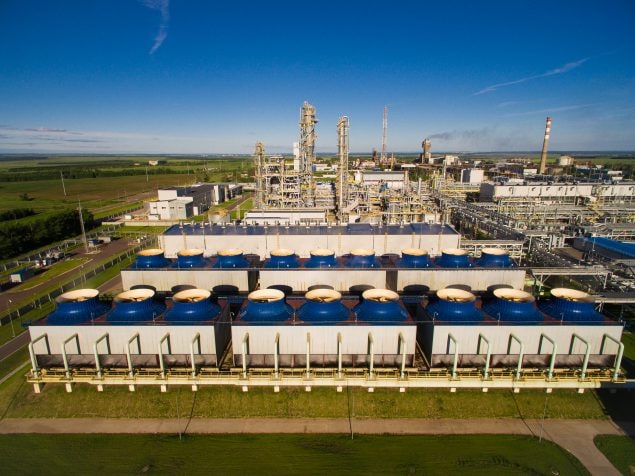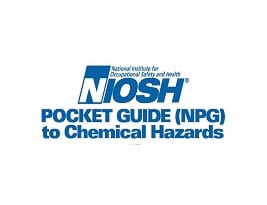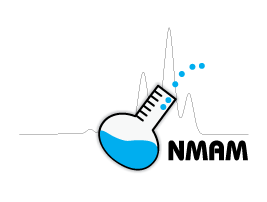Nitric Acid

Overview
CAS No. 7697-37-2
Nitric acid (HNO₃) is a colorless liquid with yellow or red fumes with an acrid odor. Exposure to nitric acid can cause irritation to the eyes, skin, and mucous membrane; it can also cause delayed pulmonary edema, pneumonitis, bronchitis, and dental erosion. Nitric acid is highly corrosive. Workers may be harmed from exposure to nitric acid. The level of exposure depends upon the dose, duration, and work being done.
Nitric acid is used in many industries. It’s used in the manufacture of fertilizers, dyes, and explosives. Nitric acid is also used in the polymer industry. Some examples of workers at risk of being exposed to nitric acid include the following:
- Factory workers in plants that produce nitric acid
- Factory workers in plants that manufacture explosives
- Workers in facilities that use nitric acid
NIOSH recommends that employers use Hierarchy of Controls to prevent injuries. If you work in an industry that uses nitric acid, please read chemical labels and the accompanying Safety Data Sheets for hazard information. Visit NIOSH’s page on Managing Chemical Safety in the Workplace to learn more about controlling chemical workplace exposures.
The following resources provide information about occupational exposure to nitric acid. Useful search terms for nitric acid include “aqua fortis,” “engravers acid,” “hydrogen nitrate,” “red fuming nitric acid,” “white fuming nitric acid.”
NIOSH Chemical Resources
NIOSH Resources
- NIOSHTIC-2 search results for nitric acid—NIOSHTIC-2 is a searchable database of worker safety and health publications, documents, grant reports, and journal articles supported in whole or in part by NIOSH.
- Immediately Dangerous to Life or Health (IDLH) Value Profile: Nitric Acid—NIOSH reviews relevant scientific data and researches methods for developing IDLH values.
- NIOSH Worker Health Study Summaries—NIOSH conducts research to prevent illnesses and injuries in the workplace. The NIOSH Worker Notification Program notifies workers and other stakeholders about the findings of these research studies.
Selected Publications
- Criteria for a Recommended Standard: Occupational Exposure to Nitric Acid—DHHS (NIOSH) No. 76-141. Presents a standard to prevent the adverse effects of exposure to nitric acid over a working lifetime.
- Occupational Safety and Health Guideline for Nitric Acidpdf icon—DHHS (NIOSH) No. 81-123.
Related Resources
- EPA Chemistry Dashboardexternal icon
- OSHA Hazard Communicationexternal icon
- OSHA Chemical Sampling Information: Nitric Acidexternal icon
- OSHA Methods: Nitric Acid (Acid Mists)external icon
- EPA Acute Exposure Guideline Levels (AEGLs): Nitric Acidexternal icon
- NLM Hazardous Substance Data Bank: Nitric Acidexternal icon
- NLM Haz-Map: Nitric Acidexternal icon
- New Jersey Hazardous Substance Fact Sheets: Nitric Acidpdf iconexternal icon
International Resources
- Canadian Centre for Occupational Health and Safety (CCOHS): Search results for nitric acidexternal icon
- European Chemicals Agency (ECHA): Search results for nitric acidexternal icon
- Gestis Substance Databaseexternal icon
- IPCS INCHEM International Chemical Safety Card: Nitric acidexternal icon
- OECD Global Portal to Information on Chemical Substancesexternal icon



